Suez fuel crisis inspired Morris Mini: the tiny car with a big heart
It was a little car designed to appeal to consumers during a fuel crisis, but the Mini Minor went on to be a major force in motoring
Today in History
Don't miss out on the headlines from Today in History. Followed categories will be added to My News.
The small vehicle didn’t look like much. Some members of the press assembled to look at the unveiling of the Morris Minor and the Austin Seven on August 26, 1959, 60 years ago, were a bit sceptical. Compact, boxy and “cute” rather than elegant like its biger competitors, it had an engine running sideways to allow more room in what would have otherwise been a poky interior.
But when motoring writers gave it a test run, they found the little car had some zip, was easy to drive, reaching speeds over 110km/h and doing very well on fuel economy.
The little Morris Mini (later called the Mini Minor) and Austin Seven (later renamed the Austin Mini) would go on to become a huge seller and classic car, winning rallies and even being featured in a hit British film. It also became something of a symbol of Britain’s Swinging Sixties. Variants of the car would be produced up until 2000 when the company making them was sold to BMW. A new generation of Minis, larger than the original, has been produced since but classic car enthusiasts still prefer the original.
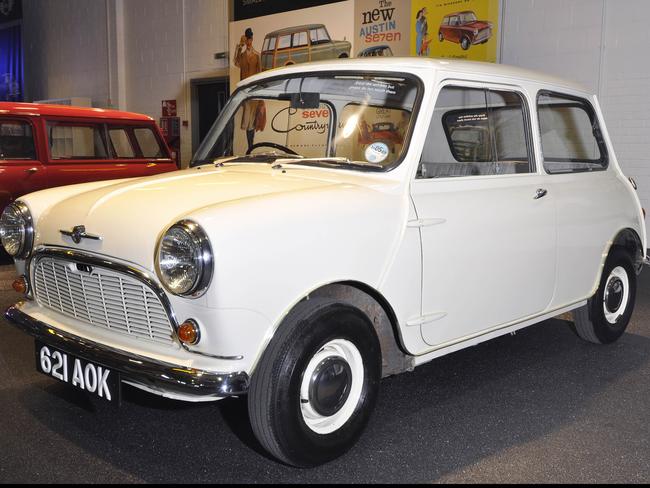
The Mini was born out of economic necessity. In the years after the end of World War II a global economic boom saw cars becoming bigger and flashier in the US. But fuel rationing continued for years after the war and it wasn’t until that was lifted in 1950 that the Brits started to enjoy riding in bigger American-style “gas guzzlers”.
But that confidence came to an end in 1956 with the Suez Crisis. Egyptian president Gamal Abdel Nasser’s nationalisation of the Suez Canal and the ensuing global political crisis resulted in disruption to the supply of oil. For five months the hateful regimen of petrol rationing returned leaving many people unable to keep the tanks of their large cars filled.
Sales of big cars began to drop, but the big winners were smaller European cars, including the micro cars designed by German aircraft maker Willy Messerschmitt.
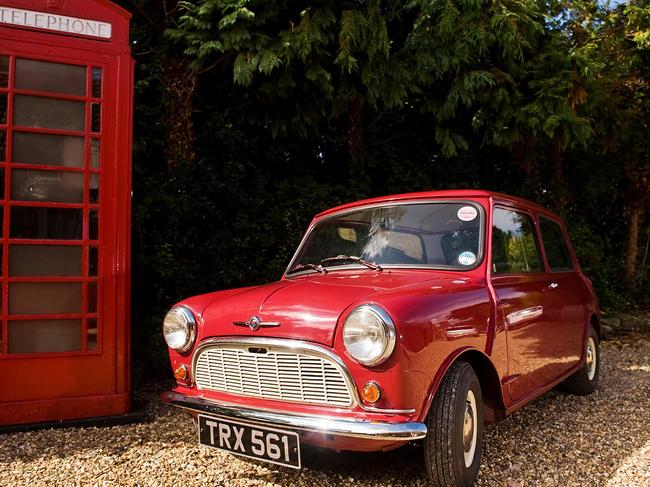
British auto manufacturers British Motor Corporation (BMC) — a merger of Morris and Austin — decided they needed to commission their own micro car to stay competitive in this fuel-starved world.
The task of creating the car was given to designer Alec Issigonis. Born in 1906 in a Greek enclave in the Ottoman city of Smyrna (now Izmit in Turkey), his parents were British subjects and the family was evacuated to Malta in 1922 in the political chaos that ensued after the fall of the Ottoman Empire. In 1923 Issigonis went with his mother to the UK where he studied engineering and in 1930 went to work for Humber Motors, before moving to Austin and finally Morris in 1936.
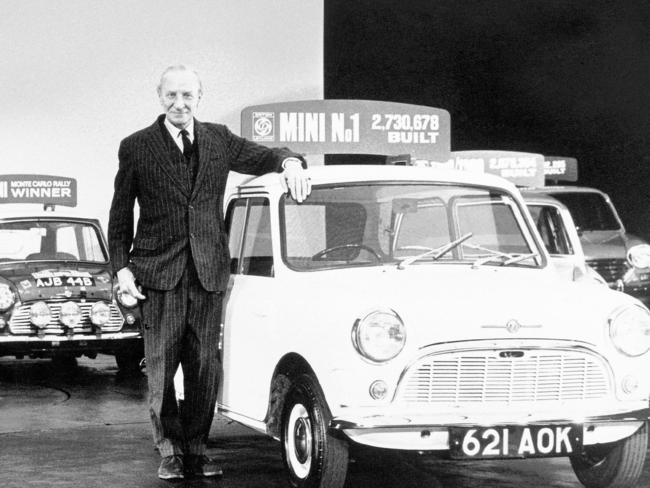
A racing driver in his spare time, Issigonis designed his own axles and suspension, to better compete in rallies. He applied this know-how to the cars he worked on at Morris. In the 1940s he worked on a car project codenamed Mosquito, which produced the Morris Minor.
Issigonis was working at another company in 1955 when he was lured to BMC to design a range of three family cars — large, medium and small. During the Suez Crisis the head of BMC, Sir Leonard Lord, told Issigonis to forget the large and medium cars and concentrate on a small, fuel-efficient, car. It was a tough brief, the car had to be smally, yet roomy, handle well and still have plenty of grunt.
Issigonis revolutionised small car design by putting the engine in transversely, with the cylinders in line from side-to-side rathan than front to back. He also made the car a front- wheel drive, something that would be copied by many other small car manufacturers thereafter.
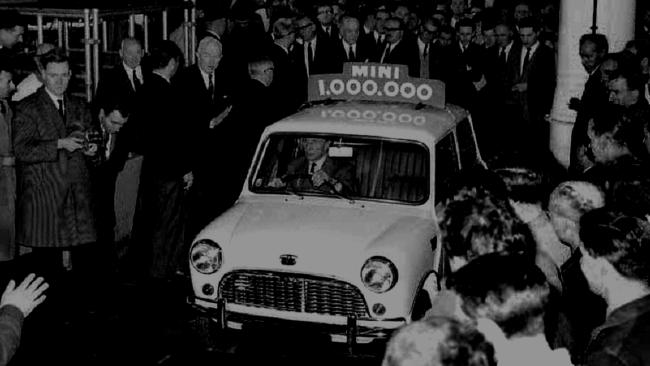
At a relatively cheap cost of £500 the car sold well in the UK from the time it was launched in 1959 and it was soon exported around the world. The first versions of the car sold in Australia were under the name Morris 850. By 1965 BMC had manufactured 1,000,000 Minis.
Sales were helped along by how well the car was doing in motor rallies, a Mini Cooper (developed with racing driver John Cooper) winning the Monte Carlo Rally in 1964, 1965 and 1967. Pop stars, sporting figures and movie stars drove them and when they were featured in the 1969 film The Italian Job sales again soared. That year the name Mini became a marque in its own right.
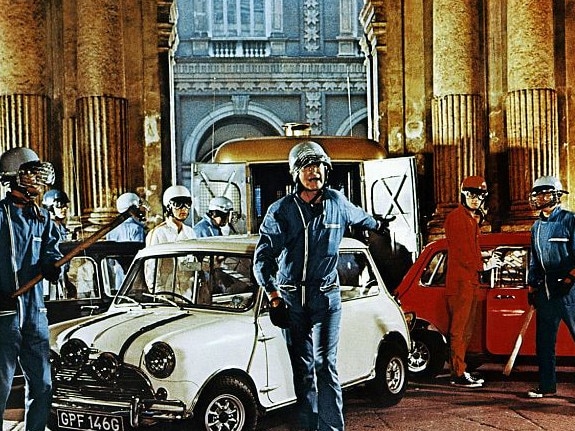
But the ride eventually came to an end. When the last of the original Minis rolled out of the factory in 2000 it was driven by another ’60s icon, pop star Lulu, one of many celebrities who owned one of the cars. Over those 41 years it was produced more than five million Minis were sold.

